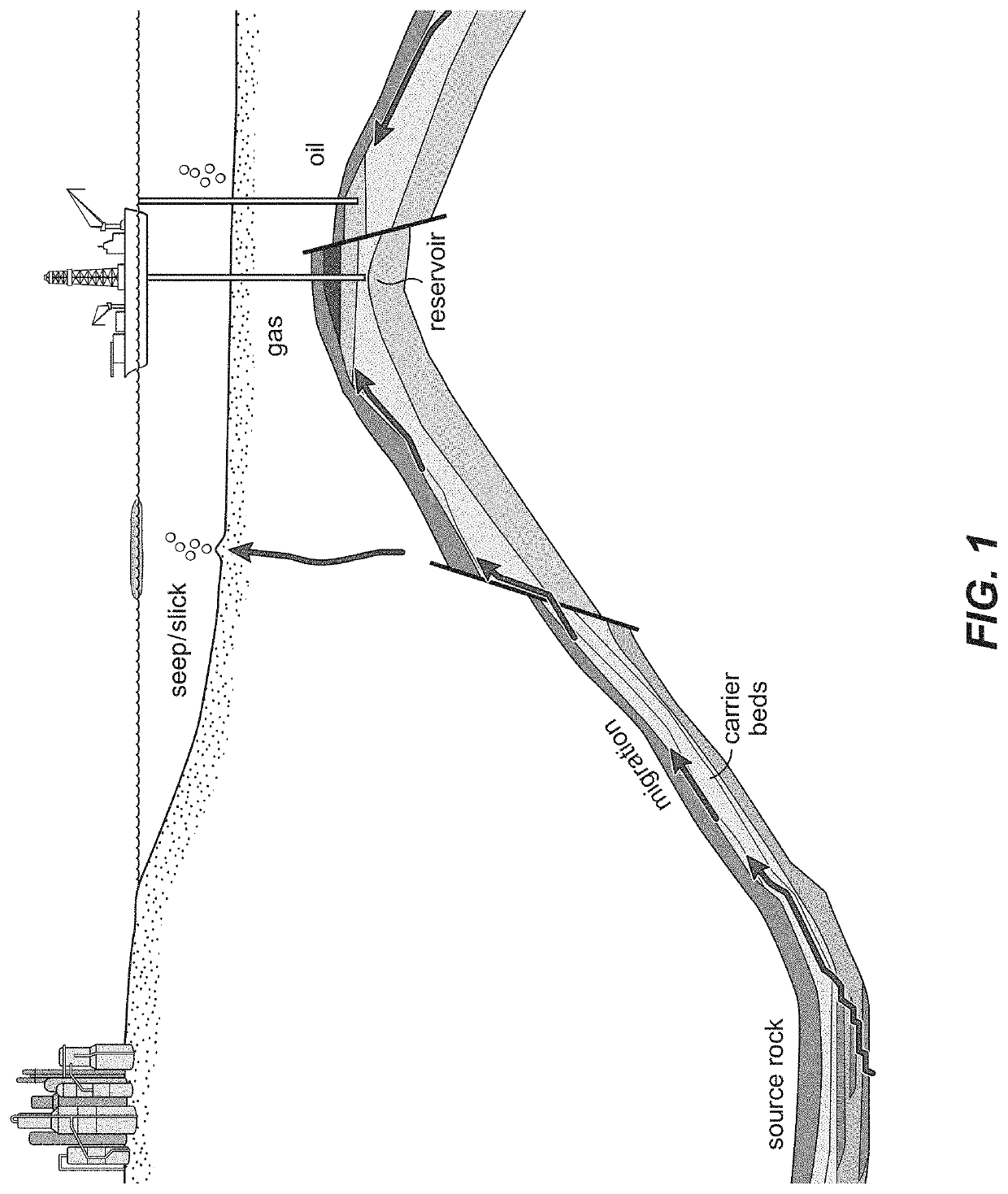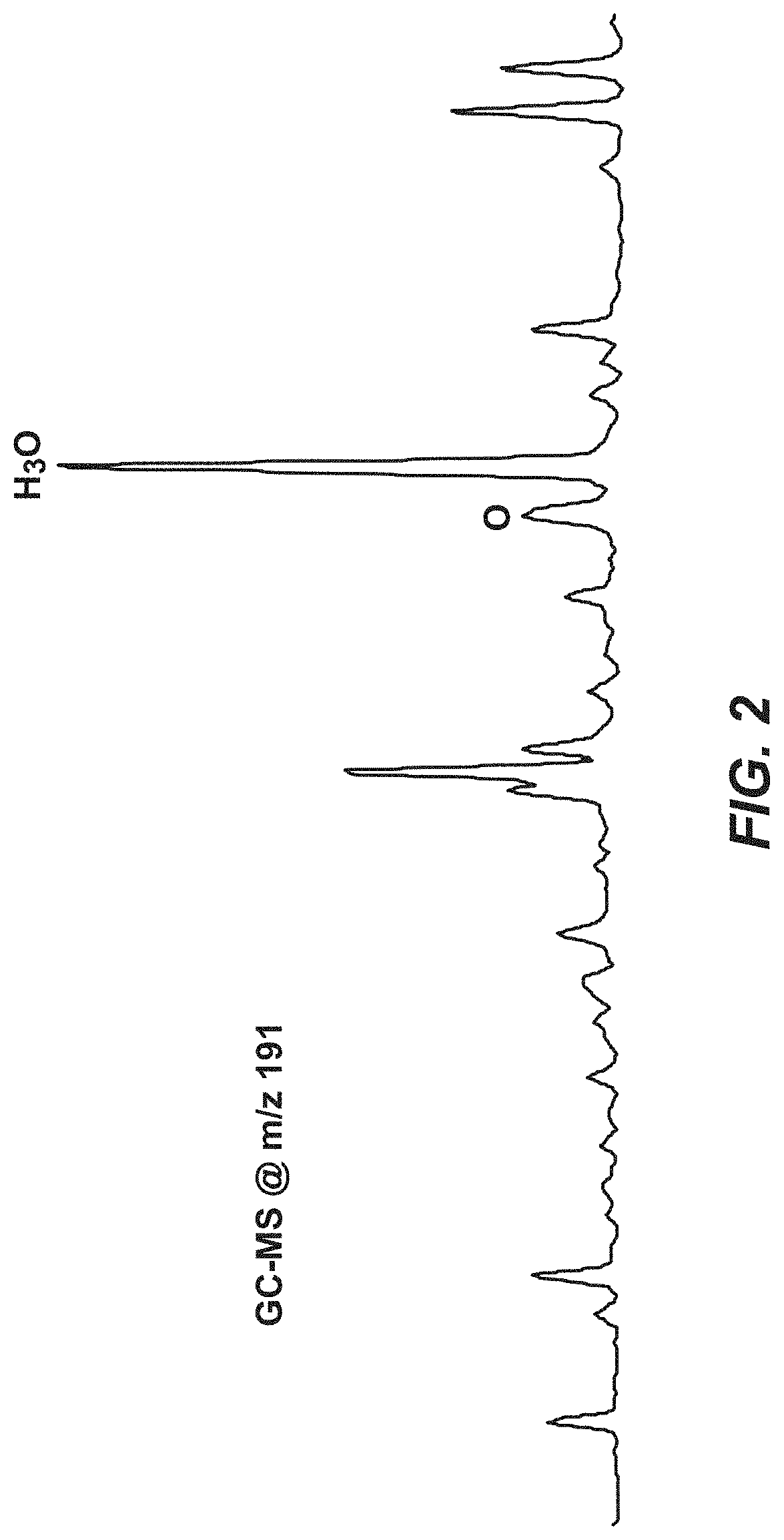Age Differentiation of Late Cretaceous-Tertiary Sourced Oils
a technology of cretaceous-tertiary sourced oils and age differentiation, which is applied in the field of dating, can solve the problems of difficult to pinpoint the stratigraphic depth of the corresponding source rock, and the source rock is often not penetrated
- Summary
- Abstract
- Description
- Claims
- Application Information
AI Technical Summary
Benefits of technology
Problems solved by technology
Method used
Image
Examples
examples
[0052]During the Late Cretaceous-Tertiary period (4-100 Ma BP), massive organic rich sediments, particularly those with paralic / deltaic facies, were deposited at different geological ages in the frontier Basin A of the Asia-Pacific region. The presence of numerous oil and gas seeps and pooled hydrocarbons pointed to the presence of active petroleum systems in this region. Oleanane has been detected from many oils of this Basin, indicating Late Cretaceous-Tertiary ages (<100 Ma BP). However, three source rock candidates deposited during Late Cretaceous (100-65 Ma BP), Paleocene (65-55 Ma BP), and Miocene (24-5 Ma), respectively, have been proposed based on regional geology. As such, presence of oleanane is unable to identify the specific source of these migrated hydrocarbons, and consequently migration pathway, charge timing, and source risking remain poorly understood.
[0053]By comparison, our new method constrains the oils using the angiosperm index-1 and 2. The determined indices v...
PUM
 Login to View More
Login to View More Abstract
Description
Claims
Application Information
 Login to View More
Login to View More - R&D
- Intellectual Property
- Life Sciences
- Materials
- Tech Scout
- Unparalleled Data Quality
- Higher Quality Content
- 60% Fewer Hallucinations
Browse by: Latest US Patents, China's latest patents, Technical Efficacy Thesaurus, Application Domain, Technology Topic, Popular Technical Reports.
© 2025 PatSnap. All rights reserved.Legal|Privacy policy|Modern Slavery Act Transparency Statement|Sitemap|About US| Contact US: help@patsnap.com



